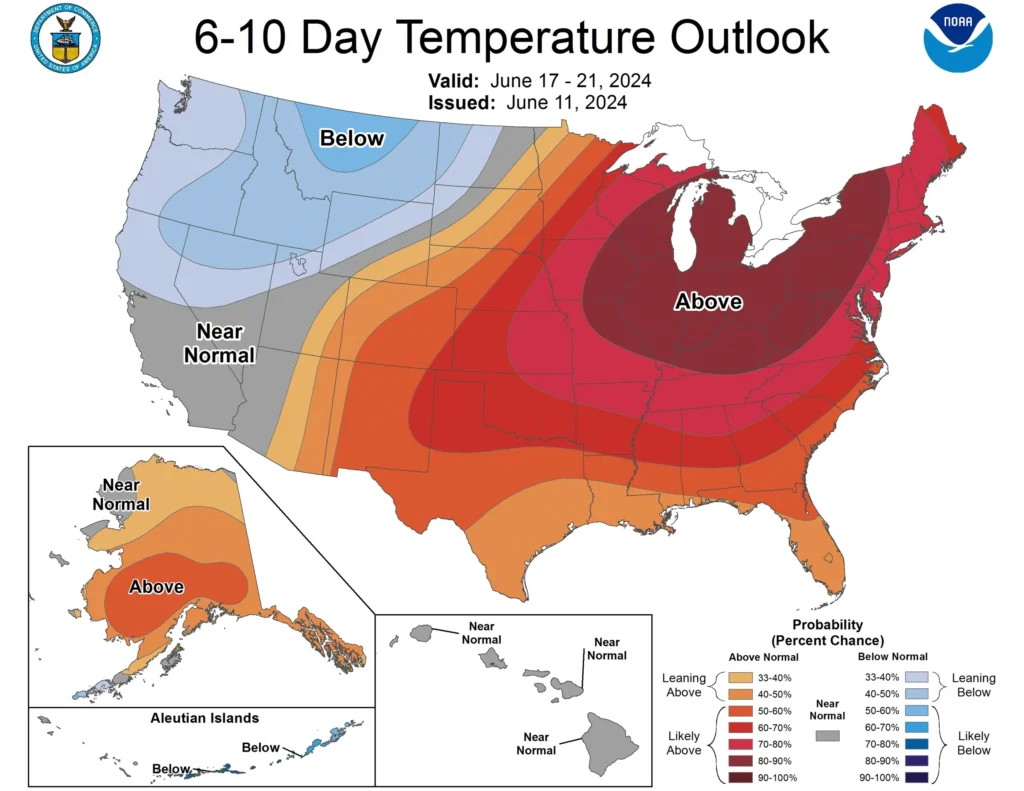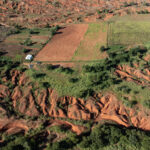As summer approaches, meteorologists are warning U.S. cities about an impending heat wave that threatens to bring record high temperatures. Local governments across the nation are scrambling to develop and implement strategies to safeguard their residents from the scorching heat. This article delves into how these cities are preparing for the extreme weather and the various measures being put in place to protect public health.
U.S. Cities Prepare for Scorching Heat Wave This Summer
With the National Weather Service forecasting unusually high temperatures for the coming months, U.S. cities are bracing for the anticipated heat wave. The 2023 summer season is expected to be one of the hottest on record, with several regions already experiencing early heat surges. Meteorologists have pointed to a combination of climate change and natural weather patterns as the primary drivers of this year’s extreme heat.
Major cities such as Los Angeles, New York, and Chicago are particularly vulnerable, with densely populated areas and concrete landscapes exacerbating the heat island effect. In these urban environments, temperatures can soar even higher than in rural areas, posing a significant risk to public health. City officials are acutely aware of the dangers posed by prolonged exposure to high temperatures, especially for the elderly, children, and individuals with preexisting health conditions.
In preparation, cities have begun extensive planning to mitigate the impacts of the heat wave. Emergency response teams are on high alert, and local governments are coordinating with meteorologists to receive real-time updates and advisories. Public awareness campaigns are being launched to educate residents on heat safety tips and the importance of staying hydrated and cool.
Local Governments Implement Strategies to Protect Residents
To combat the heat wave, local governments are implementing a range of strategies aimed at protecting their populations. One of the primary measures includes the establishment of cooling centers across cities. These centers, often set up in community centers, libraries, and schools, provide air-conditioned spaces where residents can seek refuge from the oppressive heat.
In addition to cooling centers, cities are also increasing access to hydration stations in public areas. Water fountains and hydration kiosks are being strategically placed in parks, transit hubs, and busy pedestrian zones to ensure that residents have easy access to drinking water. Some local governments are partnering with non-profits and private businesses to distribute bottled water and provide additional resources to the homeless and other vulnerable populations.
Furthermore, authorities are enhancing public communication about the heat wave through various channels, including social media, local news outlets, and community newsletters. They are spreading crucial information on recognizing the signs of heat exhaustion and heatstroke, advising residents to check on neighbors, and encouraging the use of lightweight and loose-fitting clothing. These efforts aim to ensure that everyone in the community is aware of the risks and knows how to protect themselves.
As the U.S. prepares for an unprecedented heat wave this summer, the efforts of local governments to protect their residents are more critical than ever. Through proactive measures such as establishing cooling centers, increasing hydration access, and enhancing public communication, cities are striving to safeguard public health. While the extreme heat poses significant challenges, these coordinated strategies provide a robust framework for mitigating the risks and ensuring community resilience in the face of rising temperatures.









